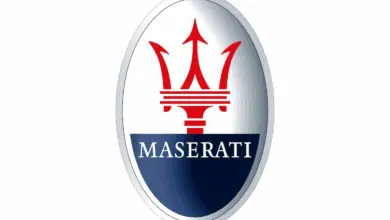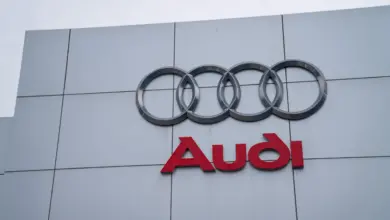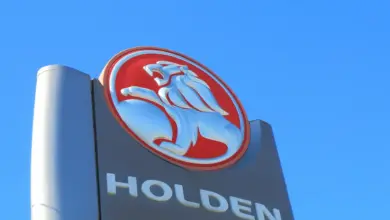History of Australian Car Manufacturing
History of Australian Car Manufacturing: A Look Back
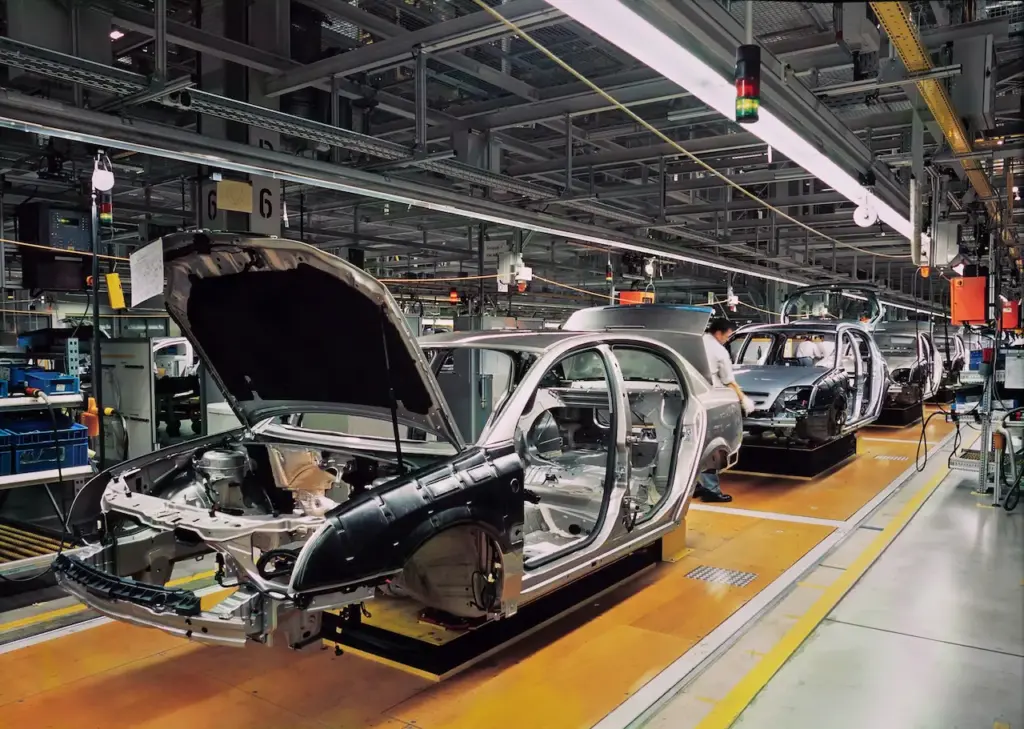
Australian automakers gained a reputation throughout the 20th century for designing vehicles that were specifically suited to the Australian climate. Ford Falcon, Holden Commodore and Chrysler Valiant models became synonymous with Australian automobile culture. These vehicles were rugged, reliable and capable of handling Australia’s challenging terrain.
In the 1960s, and 1970s the Australian automobile industry was at its height. A booming economy, coupled with a growing population led to a surge in demand for automobiles, which resulted in increased production. Australia produced hundreds of thousands of vehicles each year and exported a large portion to other markets.
In the 1980s, however, the Australian automotive industry began to transform. Local manufacturers were challenged by imported vehicles that offered better technology and fuel efficiency as global competition increased. The decline of the Australian automotive industry was due to the shift in consumer tastes, combined with high production costs.
In 2013, Ford and Holden both announced the closing of their respective manufacturing plants. The closures led to thousands of jobs being lost and the end of an era in Australian automotive manufacturing. In 2017, the final Holden model produced locally rolled off of the assembly line, marking the end of an 89-year-old history.
Several factors can be blamed for the decline in Australian automobile manufacturing. Local manufacturers were unable to compete against imports that were cheaper. The high cost of manufacturing in Australia, such as labour and distance from global markets, also made it difficult for local automakers to compete.
The closure of manufacturing facilities was certainly a blow for the industry. However, Australia’s automotive sector is still thriving. Australia’s automotive industry is thriving despite the decline of car manufacturing. This includes car parts production, repairs and service.
International automakers also continue to operate in Australia. They import and distribute vehicles to meet demand in the Australian market. There are many well-known brands in Australia, including Toyota, Hyundai and Mazda. These brands have loyal customers and a strong market presence.
Transport Transformed
We were there right from the beginning. Ingenuity in Australia saw small-scale car manufacturers make cars for the elite when the motorcar became the preferred mode of travel at the beginning of the 20th century. Platforms and running gear were often imported, but Australia became very good at producing the rest.
The big American brands had Australia in mind from the beginning. Ford planted a stake on Geelong’s hill and began producing the Model T from a large factory. Other plants were scattered across the country, including one owned by Holden Motor Body Builders, in Woodville, Adelaide.
The auto industry was set to survive, but the momentum was halted when we entered two wars in the span of 20 years. The war effort forced assembly lines to build passenger cars rather than produce them. It didn’t help that the Great Depression of the 1930s was also a factor. We hadn’t had the chance to mass produce our car until the late 1940s.
The Golden Era
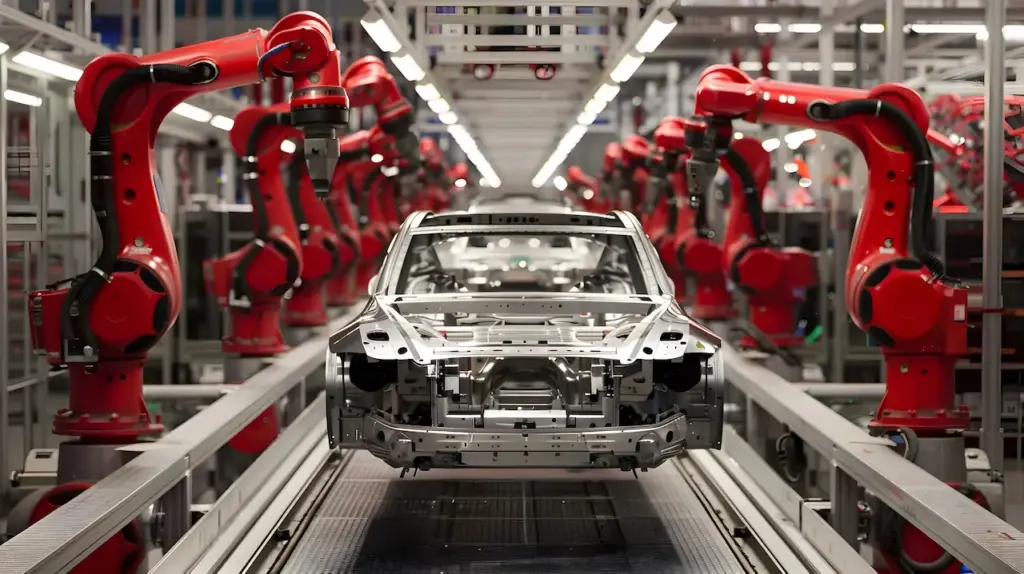
Our automobile industry was booming. In the 1960s the three big players from the US dominated the Australian car market, and the four-door sedan was the undisputed choice of Australian households. What was a suburban home without a car that your neighbour built in his driveway?
In the late 1960s, Australia developed its style of automobiles inspired by the powerful cars produced by our American parents. Ford Australia stuffed a V8 engine in their Falcon, a fast-selling car. General Motors Holden responded with their Monaro Hardtop, and Chrysler was not left out with its Valiant Charger. Petrolheads were left in awe of the performance, but the horsepower battle was set to end with the public becoming increasingly concerned about the potential dangers if a motorist placed their right foot on the pedal.
Even as fuel shortage fears frightened horses in the 1970s, the more subdued versions held the fort. Australian-built vehicles were all over the place. One glance at the busy streets in the city or the country confirmed the dominance of Australian-built cars. The cars weren’t always of our design but, with the protection against price competition from vehicles that arrived by ship, it made sense to set up shop in Australia.
It also led to our demise.
A Short History of Aussie Car Manufacturers
Ford Australia stopped production of the Falcon sedan in October 2016 after a 56-year uninterrupted production run. The Australian-built Territory was also a victim of this. Ford had large manufacturing facilities in Broadmeadows, a northern Melbourne suburb and Norlane, a working-class suburb in Geelong.
Twelve months later, Toyota Australia turned off the lights in its Altona factory located in Melbourne’s West. The last Australian-built Holden Commodore rolled down General Motors Holden’s Elizabeth Assembly Line north of Adelaide a few days later. This marked the end of Australian-built cars.
After 2017, mass-produced cars are no longer produced. For now, it’s not over, but we have to reflect on the ashes of a once-thriving industry.
The end of Aussie-built vehicles will have a significant impact on employment. Holden will lose 2300 workers from its manufacturing plants in South Australia, while Toyota will reduce 2600 employees. Holden claims that the knock-on effects across direct suppliers will cost tens and thousands of workers.
This hasn’t been the case for a long time. As this article from stuff.co.nz demonstrates, Aussie-built cars have been popular on this side too of the Tasman for a long time, with enthusiasts sourcing the best models and importing them into New Zealand.
The five most important models were highlighted in the article on the organisers of the Aussie Car Muster, Graeme Scown & Wayne Jacobsen.
Austin Tasman, Kimberley: Front wheel drive sedans built between 1970-72 with a 2.2-litre engine.
Chrysler Valiant The first Valiant to be made in Australia, rather than assembled.
Leyland P76, the 1973 Leyland Australia response to the Falcons, Kingswoods and Valiants.
Mitsubishi Magna: From 1985 to 2005, it was the first Australian-developed car that was exported in large quantities overseas.
Nissan Pintara: another Australian-developed car that was exported to New Zealand under the Bluebird name.
The origins of Australia’s motor industry go back far beyond the 1970s. Harley Tarrant, who was born in 1901, is the first person to be credited for creating an Australian car.
Holden & Frost was the first to mass-produce motorcycle sidecars. The company began with saddlery at the turn of the 19th century and moved on to repair motor vehicle upholstery in 1908.
Holden & Frost was forced to build car bodies by First World War restrictions in 1917. By the late 1920s, they were building bodies for Dodge Chevrolet and Buick, to serve a market that also included imports by General Motors.
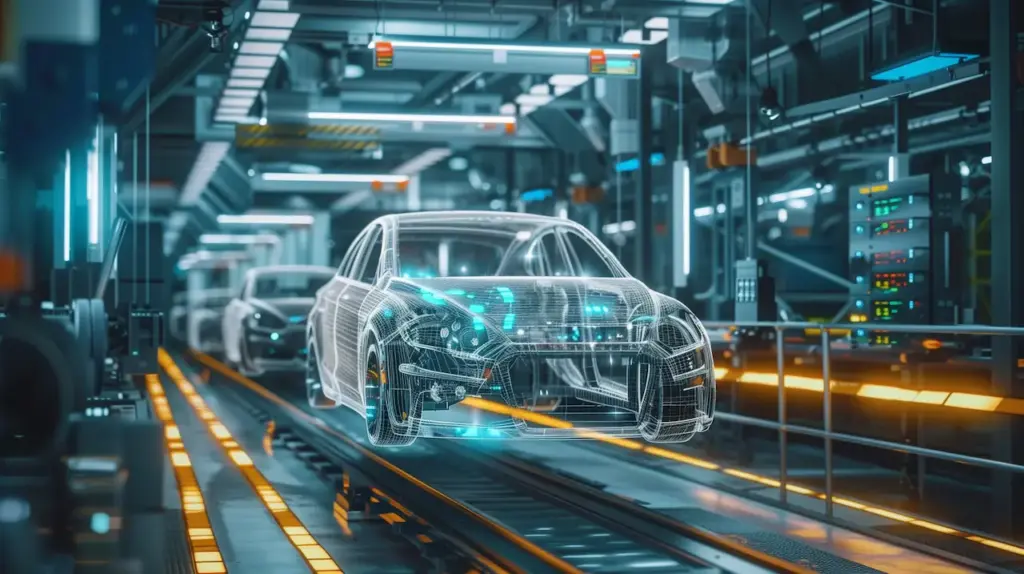
In 1931, the two companies merged and in 1937 they had 40% of the market. It was only then that they considered creating an entire car under the Holden name. In 1948, the FX was introduced and by the next year, 20,000 cars were being produced.
In the 1950s, US and European car makers imported so many vehicles to Australia that Volkswagen decided to build assembly plants in Australia. But they couldn’t compete against Holden which commanded over 30% of the Australian market and began exporting to New Zealand.
Ford was the only other competitor. Ford gained a reputation as a manufacturer of large US muscle cars. The launch of their Falcon in 1960 sparked a US-Australia rivalry that still exists today.
The Holden-Ford rivalry continued into the 1970s, popularised by races like the Bathurst 1000. However, marketing campaigns focusing on fuel efficiency and pollution saw more Japanese models and makes such as Datsun introduced.
Toyota, which had purchased British Leyland, also began assembling cars. When Isuzu merged with GM in the 1990s, the Australian auto industry headed towards the 90s with a decidedly Asian feeling, even though Ford and Holden were still leading.
Daewoo Hyundai Kia Suzuki Proton and other manufacturers have replaced the Europeans in Australia.
Toyota, which sold 186,000 cars in 2003 and built their two millionth Australian-built car the following year, surpassed Holden and Ford.
Holden was in trouble by 2008 when the dominance of Toyota and Isuzu combined with General Motors’ split caused Holden to seek grants from the central government to help support its ailing industry.
Ford announced its withdrawal in May 2013, and the incoming prime minister Tony Abbott stated in 2013 that funding of $ A500 million for the industry would be reduced.
After much wrangling about how much government support was willing to provide, GM ended its relationship with Holden at the end of 2013. Toyota, which still claimed to be a successful business and to have a solid export market, but needed the security that a joint supply network would bring, pulled out two months later.
The End
Mitsubishi Motors Australia fell first in the 21st Century. The South Australian company couldn’t justify the continuation of production in Tonsley Park. Holden, Ford, and Toyota were still at the top of the sales charts. However, their buffer was eroding by the month, as the new vehicle market became more competitive.
Many car buyers, who were once loyal to their local sedans, station wagons and utes, began to look at other models. Some people preferred downsizing to fuel-efficient hatchbacks, which were more suitable for the city and caused less financial damage when filling up at the gas station. We didn’t make many of them. Some wanted to upgrade to four-wheel drive style vehicles, with an elevated driver’s position and a commanding driving position. They could also bash through the bush as advertised. Ford Australia was the only local arm to produce one, as other local arms were unable to make a viable business case.

